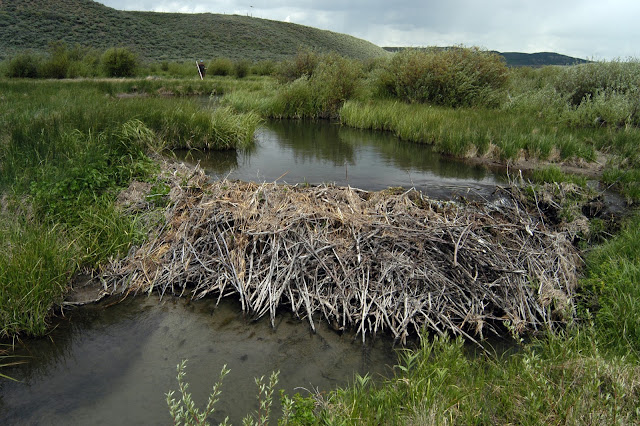What you should know about an important PNW Species:
Salmon are an anadromous species, meaning they are born in freshwater habitats such as the Cedar River(WA) and migrate to the Northern Atlantic and Pacific Oceans, before returning back to fresh water habitat to spawn. Local salmon species rely on PNW freshwater habitat for reproduction and completion of their cycle. (Basic Facts about Salmon)
 |
| WA state alone provides many fresh water habitats to spawning Chinook Salmon in the Spring. http://www.pacificbio.org/initiatives/ESIN/MapImages/springchinook.jpg |
Different Species of Salmon
There are several species of Salmon and they very in size and color from silvery blue, to bright red . Amazingly, species maintain one color while in sea water habitat, and change to another after migrating to freshwater habitat!
FUN FACT: When at sea, many species of Salmon maintain a silver color but once they return to fresh water to spawn, they change color to attract a mate!
Diet
The diet of Salmon is dependent on it's stage in the lifecycle. A young salmon's diet consists of insects, invertebrates, and plankton. Adults typically eat other fish, squid, eels, or shrimp. Sockeye Salmon are unique in that their diet consists entirely of plankton. (Basic Facts about Salmon)
Did You Know? Beaver ponds provide critical habitat for juvenile salmon!
"Beaver ponds usually have slow current
velocities and large edge-to-surface-area ratios, and therefore contain
extensive cover and a highly productive environment for both vegetation and
aquatic invertebrates; these conditions provide fish with foraging
opportunities not found in unimpounded would be required in higher-velocity streams. Thus,
sections of streams impounded by beaver dams are often more productive than
unimpounded reaches in terms of both the number and size of fish." (Pollock et al, 2004)
 |
| http://www.newswise.com/images/uploads/2008/10/08/fullsize/Beaver_dam_in_WY.jpg |
Behavior
Most salmon are anadromous fish, they are born in freshwater such as rivers or streams and travel to the ocean where they spend most of their lives before returning back to freshwater to spawn. Pacific salmon and about half of other salmon species complete their lifecycle by spawning and then die within a few weeks. Few species such as the Danube and kokanee salmon remain in fresh water their entire life, having never migrated to the ocean. (Basic Facts about Salmon)
Reproduction
Female Salmon deposit eggs into a depression in the riverbed that she makes with her tail. Male Salmon fertilize the eggs, the female covers the depression with sediment, and moves onto to repeat this cycle. (Basic Facts about Salmon)
 |
| Spawning Chinook Salmon in Adams River, B.C. http://postmediavancouversun.files.wordpress.com/2012/03/salmonphoto.jpg Sources: "Basic Facts About Salmon." Salmon.www.defenders.org/salmon/basic-facts. 10 Mar. 2013. |



No comments:
Post a Comment